
So you’ve been to London quite a few times, you’ve broken the bank visiting the Tower of London, gazed up at Big Ben, watched the Changing of the Guard at Buckingham Palace and nearly died of museum-induced-exhaustion that day you decided to do the Science Museum, Natural History Museum and the V&A all in one go. Now you’ve crossed them off your list, it’s time for you to see the secret museums of London that even Londoners don’t know about. The museums that get probe deeper into the gritty yet poetic history and culture of this incredible city – this is the alternative guide to the museums of London. There are a number of articles out there already about unusual London museums, but having made my way through the bulk of the lists, and discarded the horrifically boring, those that aren’t open to the public and added the ones they forgot – I have finally completed my own list. There is enough on this list to tantalise anyone’s tastes and desires, whether you like poetry, neon art or gory surgeries!
Strawberry Hill House
Entry: £10.80 adult; £5.40 student
Opening times; http://www.strawberryhillhouse.org.uk/opening-times.htm
Situated in Twickenham, in the London borough of Richmond, this spectacular home is like a whimsical fantasy Gothic wedding cake, built by Horace Walpole in between 1749 and 1776. The home he bought was originally named ‘Chopped Straw Hall’ which Walpole hated as he felt that his home should sound distinctive and elegant, so he renamed it Strawberry Hill House. Walking around the home, there is plenty of fascinating information available, so much so that you really feel like you get to know Horace and his quirks. It would seem he wasn’t in possession of much humility, and saw his fabulous house as a reflection of his own superiority and greatness. He published two editions of ‘A Description of the Villa of Mr. Horace Walpole at Strawberry Hill’ in order to make the world aware of the wonder of his home, and it is said that the interior inspired the author of The Castle of Otranto.
Though most of Horace’s collection was lost, the foundation are meticulously putting back together the home, piece by piece. You can’t help but gasp at the splendour and unrestrained glamour and frivolity of the design in this home, and it would appear that at the end, even Horace himself thought that perhaps he had overdone it…
Well! I begin to be ashamed of my magnificence.
Dennis Severs’ House
18 Folgate Street
Silent Night (£15 per person); Sunday Daytime £10 per person, £5 concessions
One of the lesser known treasure troves in London, and by far one of the best museums I’ve ever visited is the Dennis Severs’ House in Shoreditch. In itself a work of art in that it is a still life drama, an imagination by the Mr Severs of what life would have been like in the great town house for the Jervis family of Huguenot Silk Weavers who lived there before. Though the commentary throughout is a little too pretentious, give it just a cursory glance and instead soak up the atmosphere of the rooms, no detail in this time capsule is too small for the wonderful people that run this museum (The Spitalfields Historic Buildings Trust). A candle burns, a loaf of bread lies out, you walk in just as the imaginary family walks out. As the motto of the house, Aut Visum Aut Non!: ‘You either see it or you don’t’.
Photo credit: Dennis Severs’ House, https://www.instagram.com/dennissevershouse/
Photo credit: Dennis Severs’ House, https://www.instagram.com/dennissevershouse/
Photo credit: Dennis Severs’ House, https://www.instagram.com/dennissevershouse/
John Soane Museum
Lincoln’s Inn Fields
Tuesday to Saturday, 10:00 to 17:00 (last entry at 16:30)
Free Admission
A London favourite, this home is a trove of treasures amalgamated by the neo classical architect John Soane in the three homes he purpose built in Lincoln’s Inn Fields to house his collection.
God’s Own Junkyard
Unit 12, Ravenswood Industrial Estate
Friday – 11am to 9pm; Saturday – 11am to 9pm; Sunday – 11am to 6pm
Free Admission
Though seemingly completely different to the previous museums I have listed, this is yet another collection of art by a great master – Christopher Bracey. Walking in here is like stepping into a candy store, your eyes don’t know where to look, and you end up running around like a half crazed kid in excitement at all the bright neon colours and designs. Christopher not only made but collected famous neon signs that have appeared in some of the best known movies with stars such as Tom Cruise in Eyes Wide Shut, Johnny Depp in Charlie and the Chocolate Factory & Jack Nicholson in Batman. Once the film is over, the neon gets tossed in the bin, and Christopher would swoop in and bring it back to be carefully looked after and appreciated at the true Gods Own Junkyard.
Leighton House Museum
12 Holland Park Road
Admission: Adult £7, concession £5, National Trust member 50% off
Opening Hours: daily from 10.00am to 5.30pm, except Tuesdays
An unexpected find in the centre of West London. A very plain facade hides a heavily Middle-Eastern influenced interior that was the home of Pre-Raphaelite painter Frederic Leighton (1830 – 1896). He was famously given his peerage (Baron of Holland Park Road) one day before passing away. Leighton was very keen volunteer soldier who rose through the ranks quickly due to his good leadership skills, fellow painter Whistler said of Leighton:
‘Colonel of the Royal Academy and the President of the Artists Rifles – aye, and he paints a little!’
Leighton’s most famous piece of art is without a doubt ‘Flaming June’, the portrait of the woman sleeping on the chair in a shock of flaming and translucent material. There’s something both sensual yet fragile and vulnerable about the woman, who is thought to allude to figures of sleeping nymphs and naiads. The poisonous oleander branch at the top right of the painting is said to symbolize the link between sleep and death.
Croydon Airport
Airport House, Purley Way, Croydon, CR0 0XZ
Opening: First Sunday of the month, 11.00- 16.00 with last entry at 15.15
Website: http://www.croydonairport.org.uk/
Admission: free (including guided tours), donations accepted
Among warehouses and superstores, between flyovers and motorways lies an unknown pocket of history, remembered only by those with an undying faith in flight and a lasting love of aviation. As my father, a lifelong aviation enthusiast and pilot said:
Croydon, to the south of London, was the location of one of the world’s first purpose-built international air terminals, completed in an imposing classical retardaire design in 1928 together with an adjoining hotel. It is hard to imagine now as you approach the entrance just how impressive this building must have seemed to those early air passengers arriving by road from central London only twenty years or so after the Wright brothers first flew!
And even today the building seems impressive, this is possibly one of the most personal museums you can visit as you may well be alone on your tour around. The volunteers who run the museum are so obviously passionate, you cant help but be swept away in their admiration and love for the early days of flying. Apart from just looking around the airport, there are plenty of things to see here, from model aircraft to old commercial plane seats, items belonging to flyers (including an area to get dressed up in the typical flight goggles and shearling coat) and even a flight simulator area! Any aeroplane lover cannot visit London without visiting Croydon.
The Brunel Museum & Midnight Apothecary
Railway Ave, London SE16 4LF
Combine with the guided walk (Bermondsey Tube at 6.15pm on Tuesdays and 10.45am on Sundays) no need to book; £9.
The museum is located in the Brunel Engine House which was designed by Marc Isambard Brunel to hold the steam-powered pumps used to extract water from the Thames Tunnel.
Marc Isambard Brunel thought up a system (the tunnelling shield) and started building the first ever tunnel under a navigable river in order to connect Rotherhithe and Wapping. His work was completed by his son in 1843, 18 years after it started. Though it was an incredible feat of engineering, it was a financial disaster and continuous flooding meant that it was often the subject of many jokes. Despite all of that, it was still considered to be the ‘8th wonder of the world’.
Make sure to combine it with the walking tour. The guide was a true actor and walking through Mayflower Village and Maritime London and delving into the history of the East India Company was the ideal way to ease into Brunels kingdom.
The Fan Museum
12 Crooms Hill, London SE10 8ER
Admission: Adults £4, concessions £3, 50% discount for National Trust members
Opening hours: Tuesday – Saturday, 11am – 5pm, Sunday, 12pm – 5pm
Probably a bit of a surprise that there could be an entire museum devoted to fans, but once you visit, you’ll realise that the world of fans is even bigger than you could have imagined, and inextricably entwined with art. Many painters buying fan material to paint on as it was much cheaper than canvas. Even more surprisingly is that there are enough fans in the world to have temporary exhibitions here too. All of which are displayed and curated to an extremely high standard. When I visited I saw the exhibition on wedding and funeral fans which I very much enjoyed, but it’s worth popping back when you have a chance to see what may have changed.
Make sure to leave enough time to visit the orangery cafe at the end for an afternoon tea. The prettily painted room offers a very affordable tea with homemade cakes and a beautiful garden to look out at.
Wentworth Place – the Home of John Keats
Keats Grove, Hampstead
Opening Hours: Wednesday to Sunday: 11am – 5pm
Admissions: adults: £6.50; children under 17, free
This peaceful home nestled in Hampstead betrays a sadness that only seems to be intensified by the blue skies, green lawn and charmingly British white house. John Keats lived here with his friend Charles Brown for two years from 1818 to 1820, it is where he met Fanny Brawne, where he wrote Ode to a Nightingale and where he ultimately fell ill with consumption. If you love his poetry, there is nowhere you will feel closer to the poet than here, but be forewarned. The empty house fills you with a profound sense of loss – of such a talent, of a young life cut short, and a love that never got to stretch its wings and fly.
The Old Operating Theatre
9a St Thomas St, London SE1 9RY
Admission: adults £6.50, children £3.50, 50% off for National Trust members
Being a slightly odd person who has always had an intense love for medicine and surgical procedures, it should come as no surprise that my favourite museum in London is an old surgical operating theatre tucked away in the attic of an old church. Though it exists in plain sight, it lies in the shadow of the Shard, and access is up a set of old wooden stairs so steep you cling to the rope as you ascend, so far removed from the beaten path of tourists.
The herb garrett dates back to 1703 and was used by the hospital’s apothecary to store herbs used in medicines. The herb garrett could still pass as an apothecary today with pestles and mortars scattered among pill makers and a range of different herbs – rose petals, star anise, sugar cane, belladonna and poppy seeds for opium – as well as a strange assortment of animals parts such as deer horns, snake skin and leeches. However the garrett is now also home to a fascinating collection of surgical instruments: forceps of all shapes and sizes, leech jars, scarificators, very early examples of operating tables, chloroform masks, and a nurse’s chatelaine.
When the operating theatre was installed in 1822, new floorboards were laid over the earlier 1703 floor. Between the two floors is a space about 7cm deep packed with sawdust, preventing blood from seeping through to the church ceiling below. Although a skilled surgeon could perform an amputation in under a minute, young doctors would sometimes hack at bloody, mangled limbs for much longer.
One thing I learned here that most tickled me was the fact that the surgeons would perform the surgeries wearing frock coats and sometimes even top hats. Neither of these were ever washed and were described as ‘stiff and stinking with pus and blood’. Delightful!
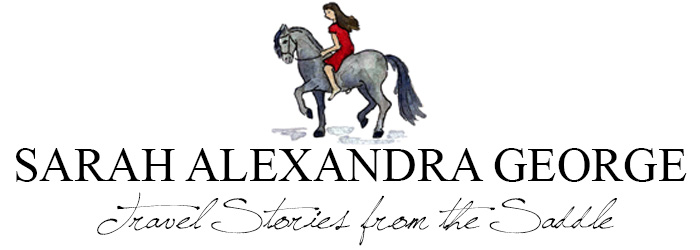

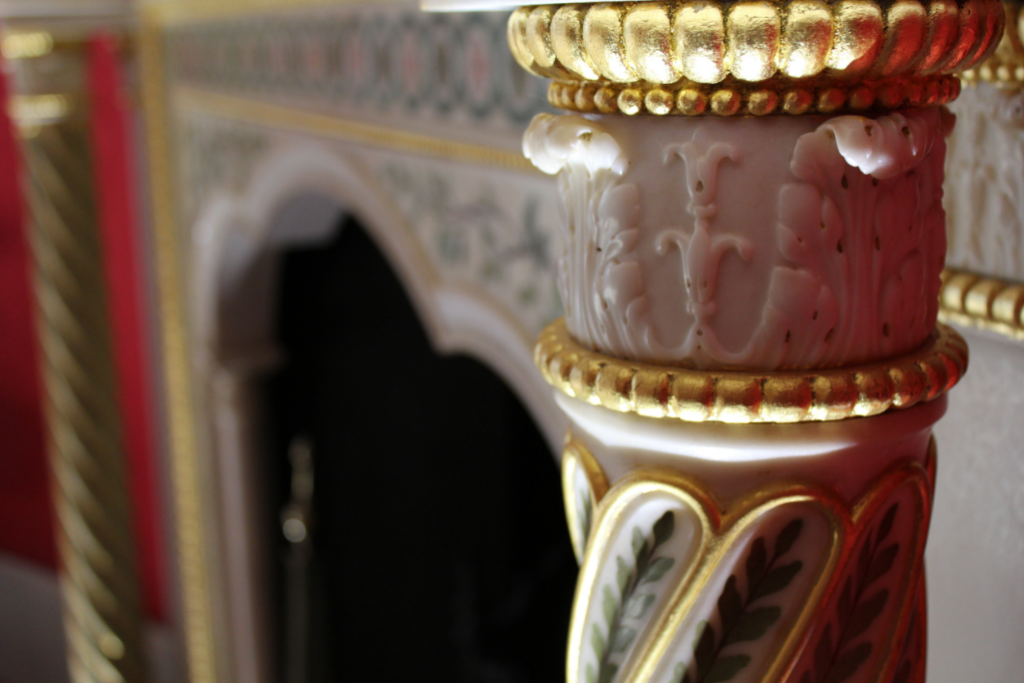






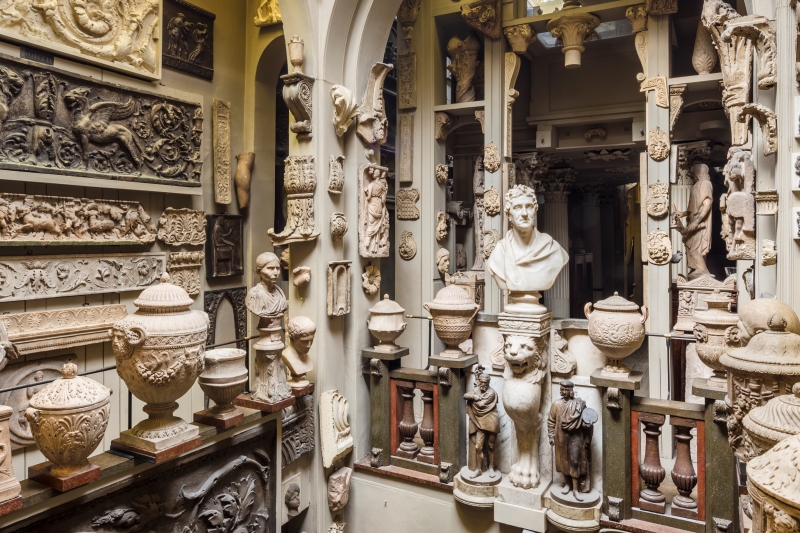
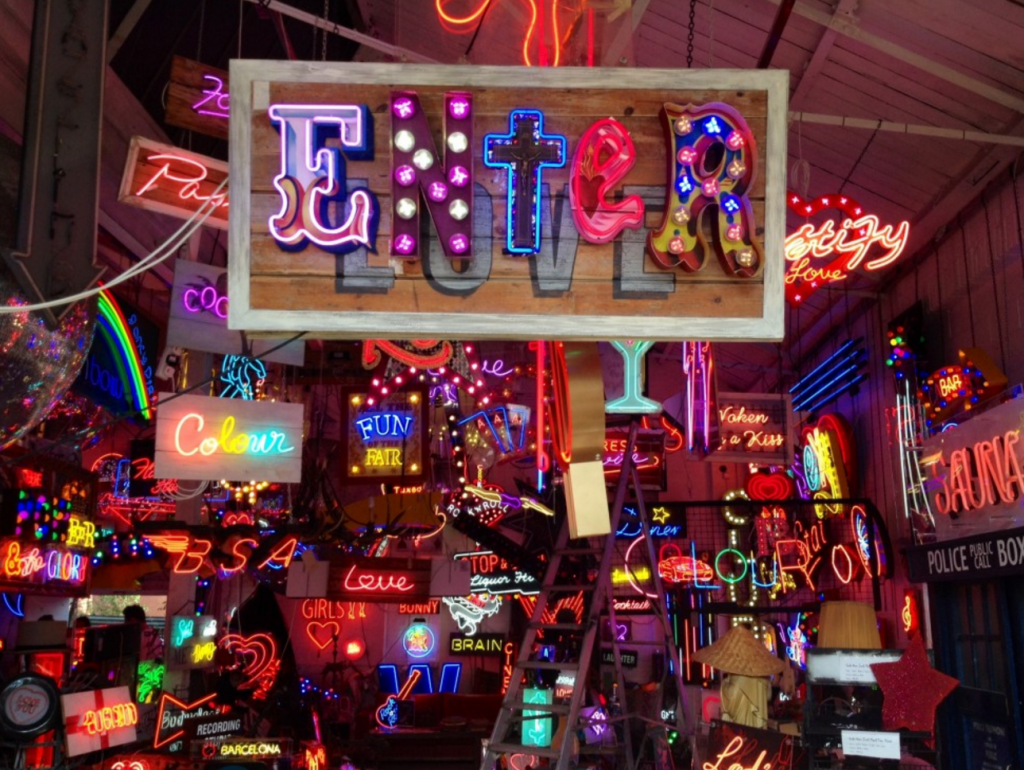
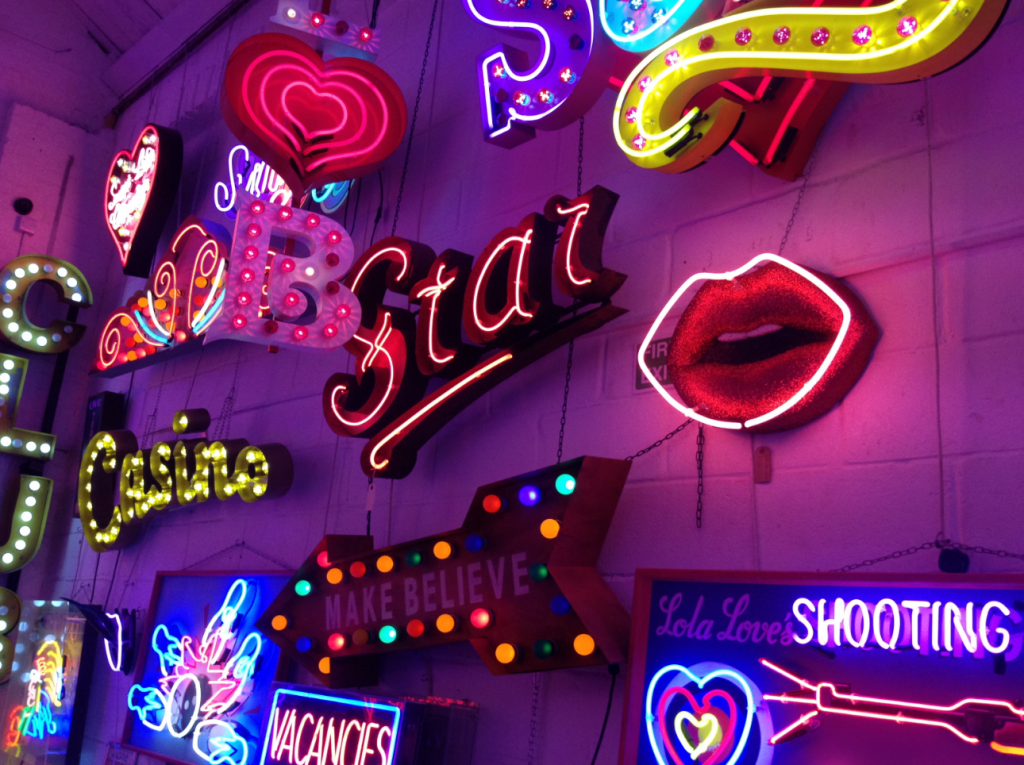
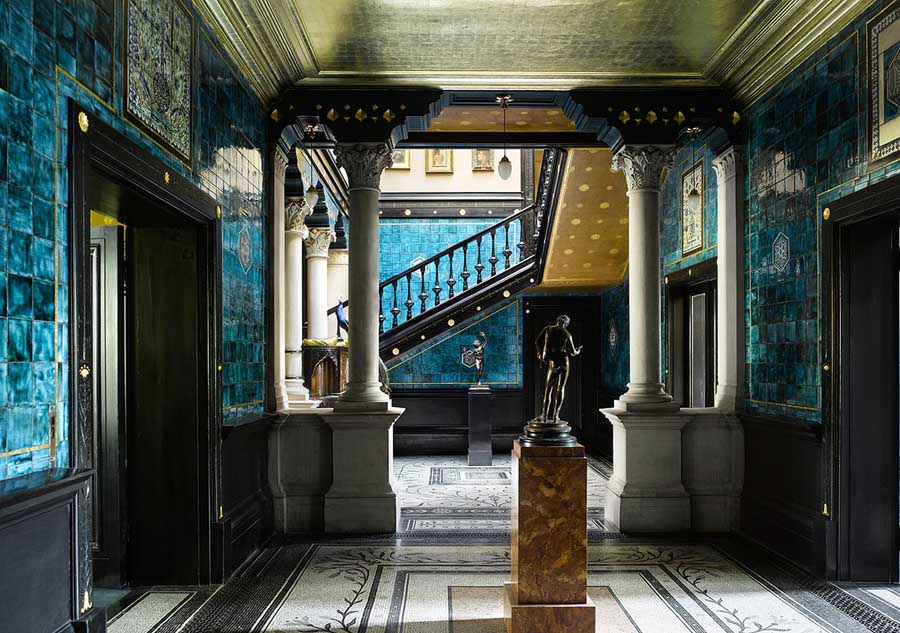
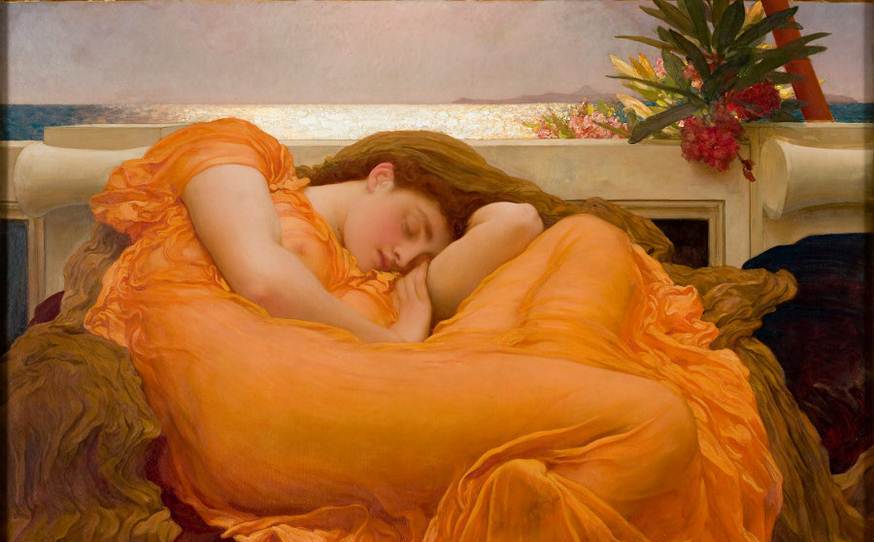
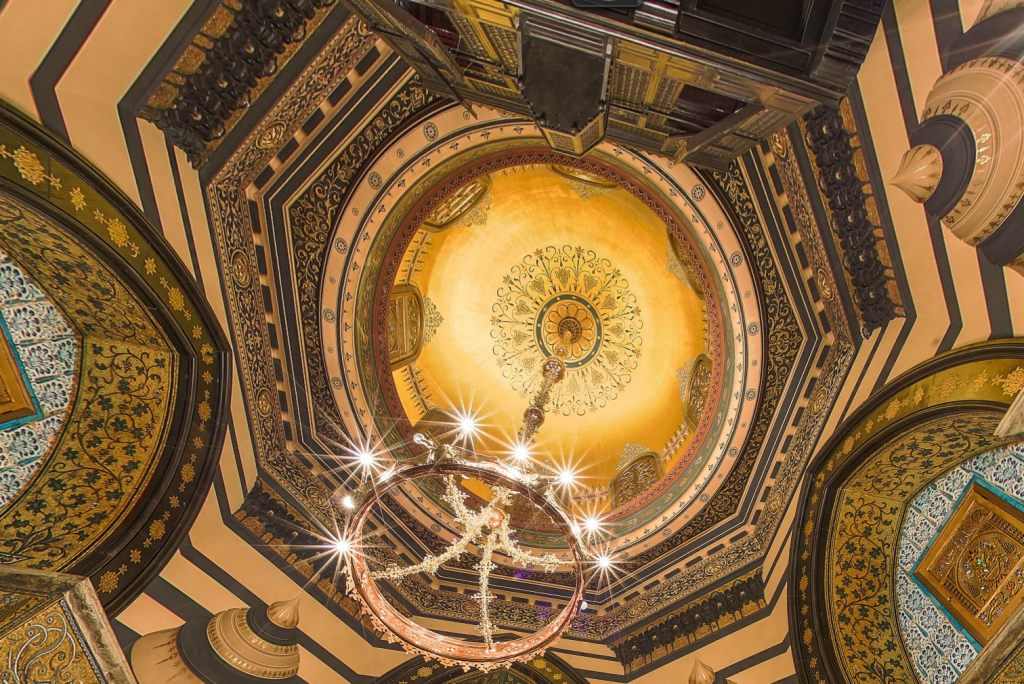
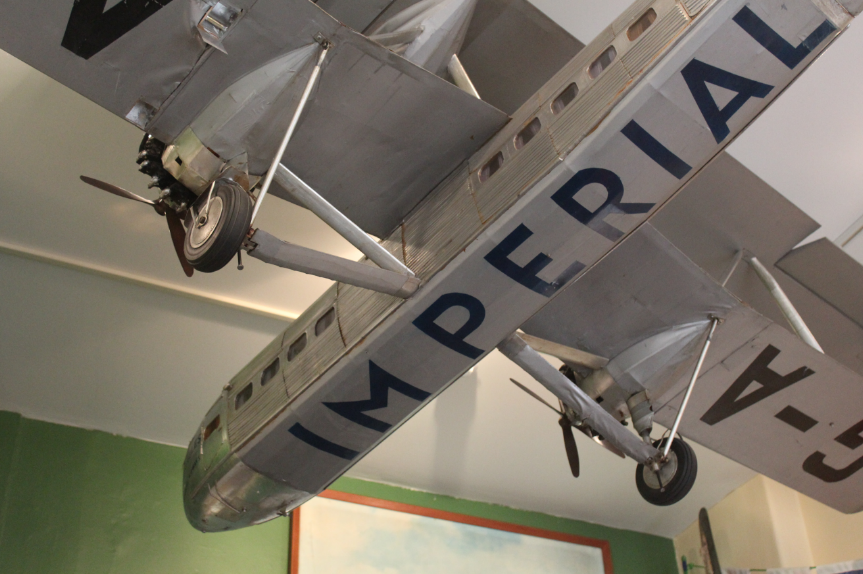
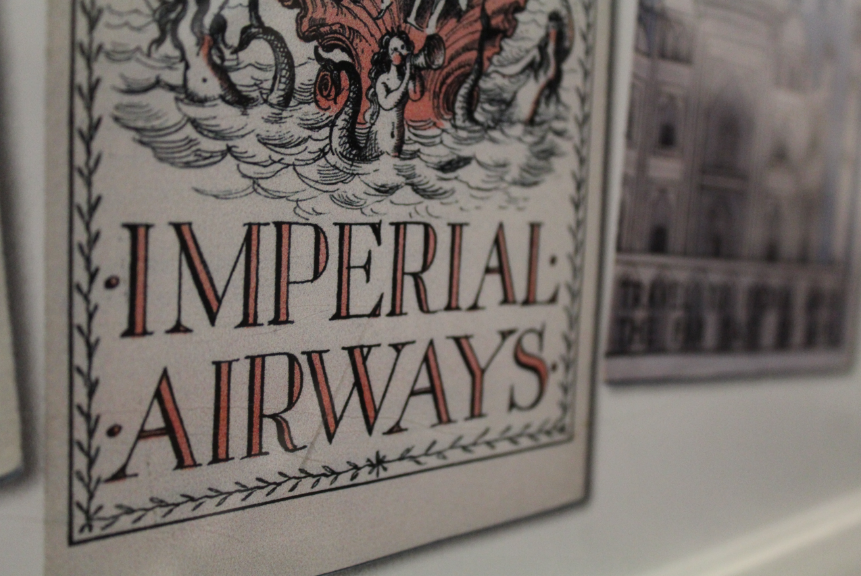

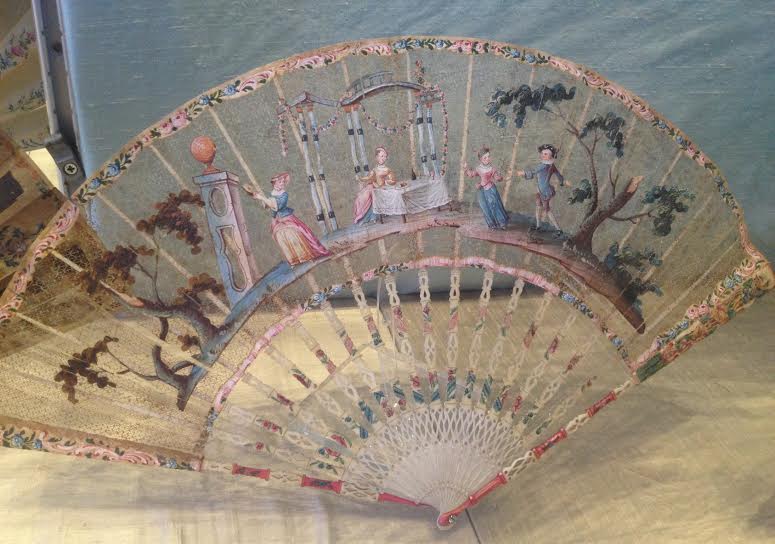
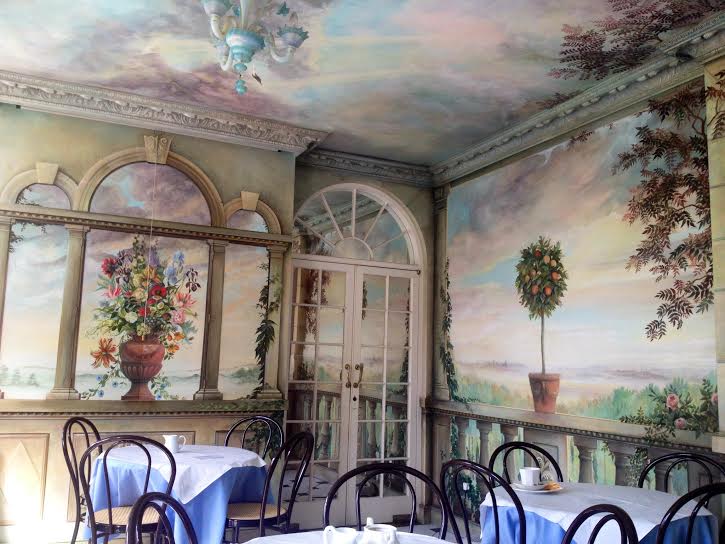


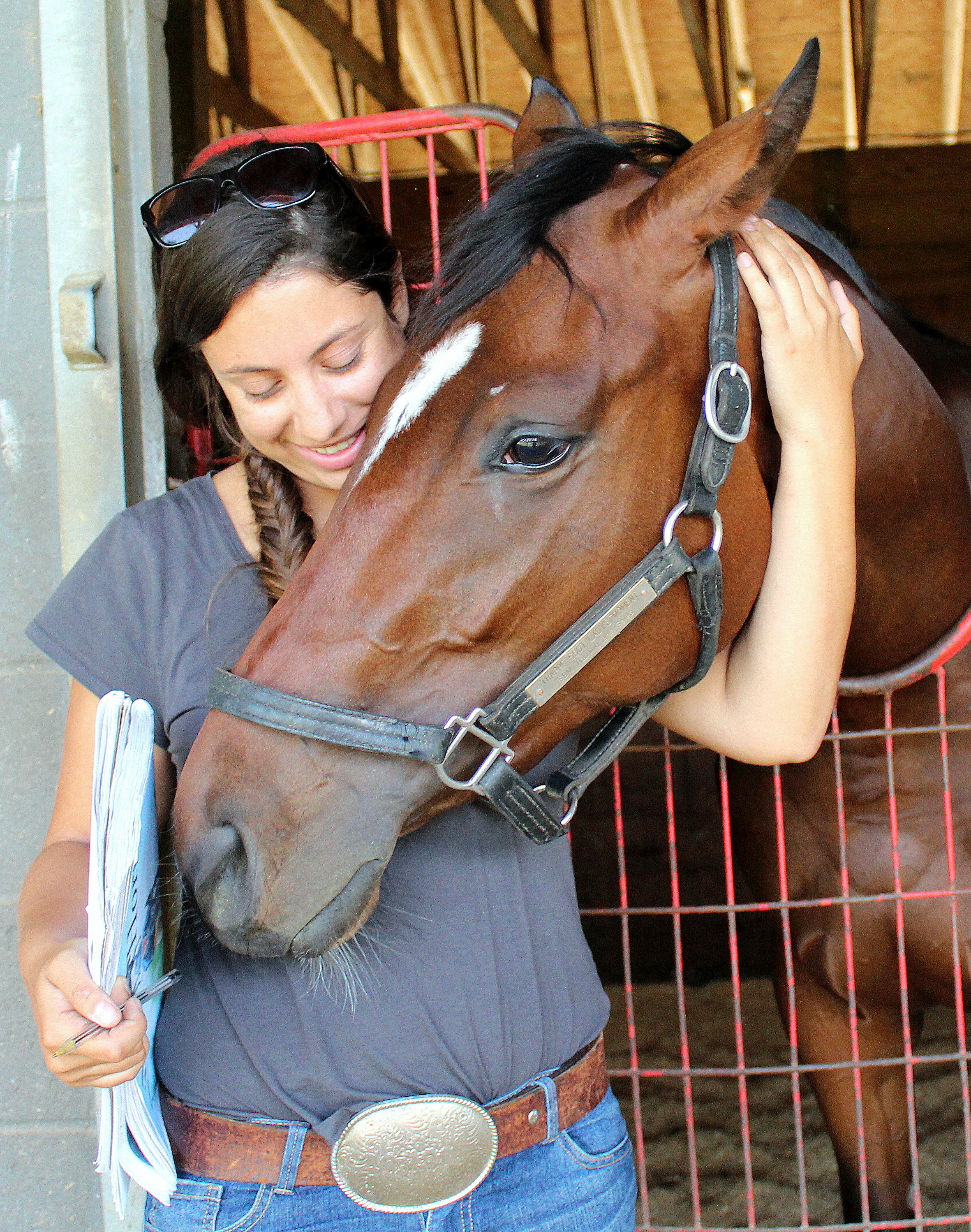

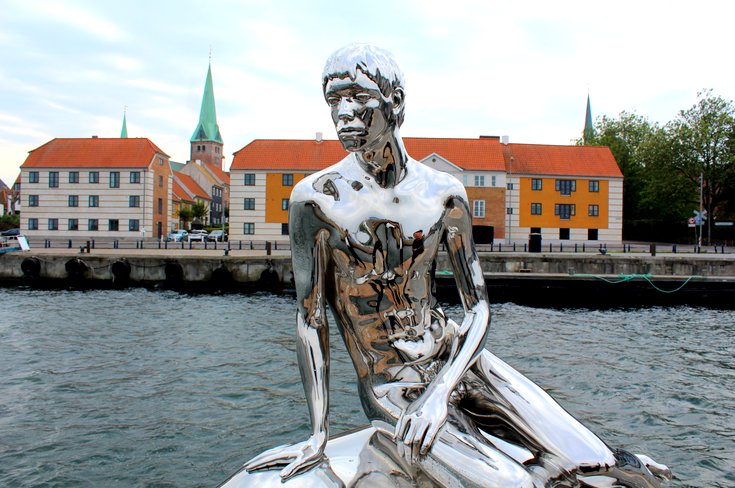
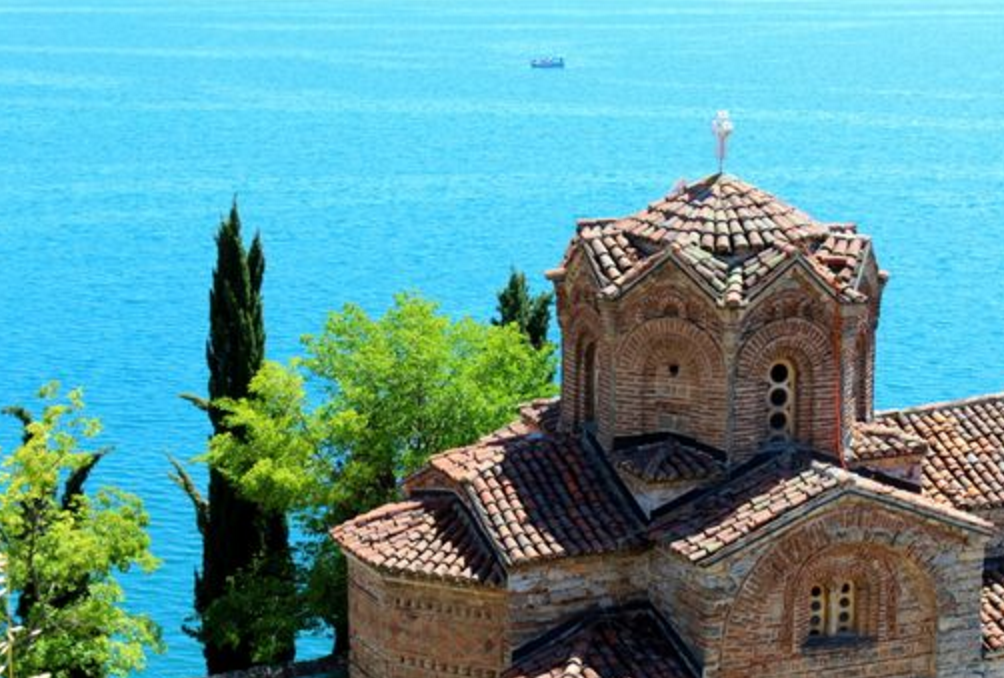


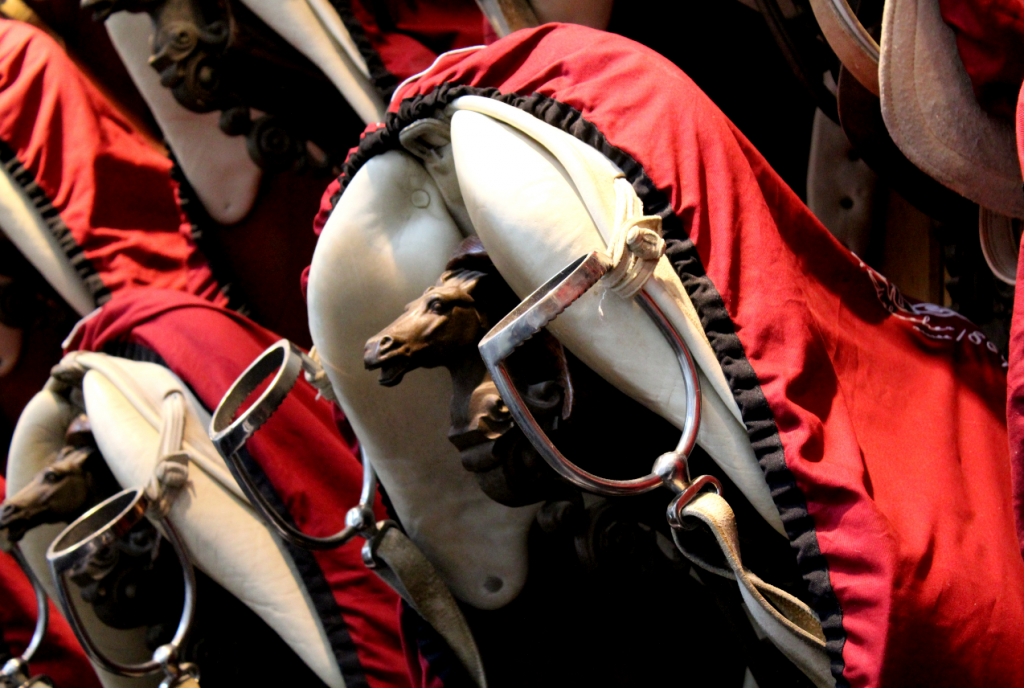


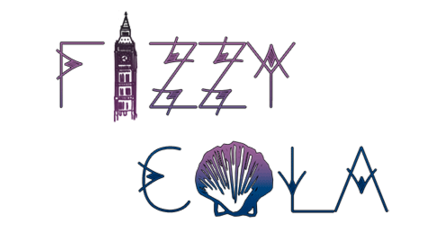


Leave a Reply